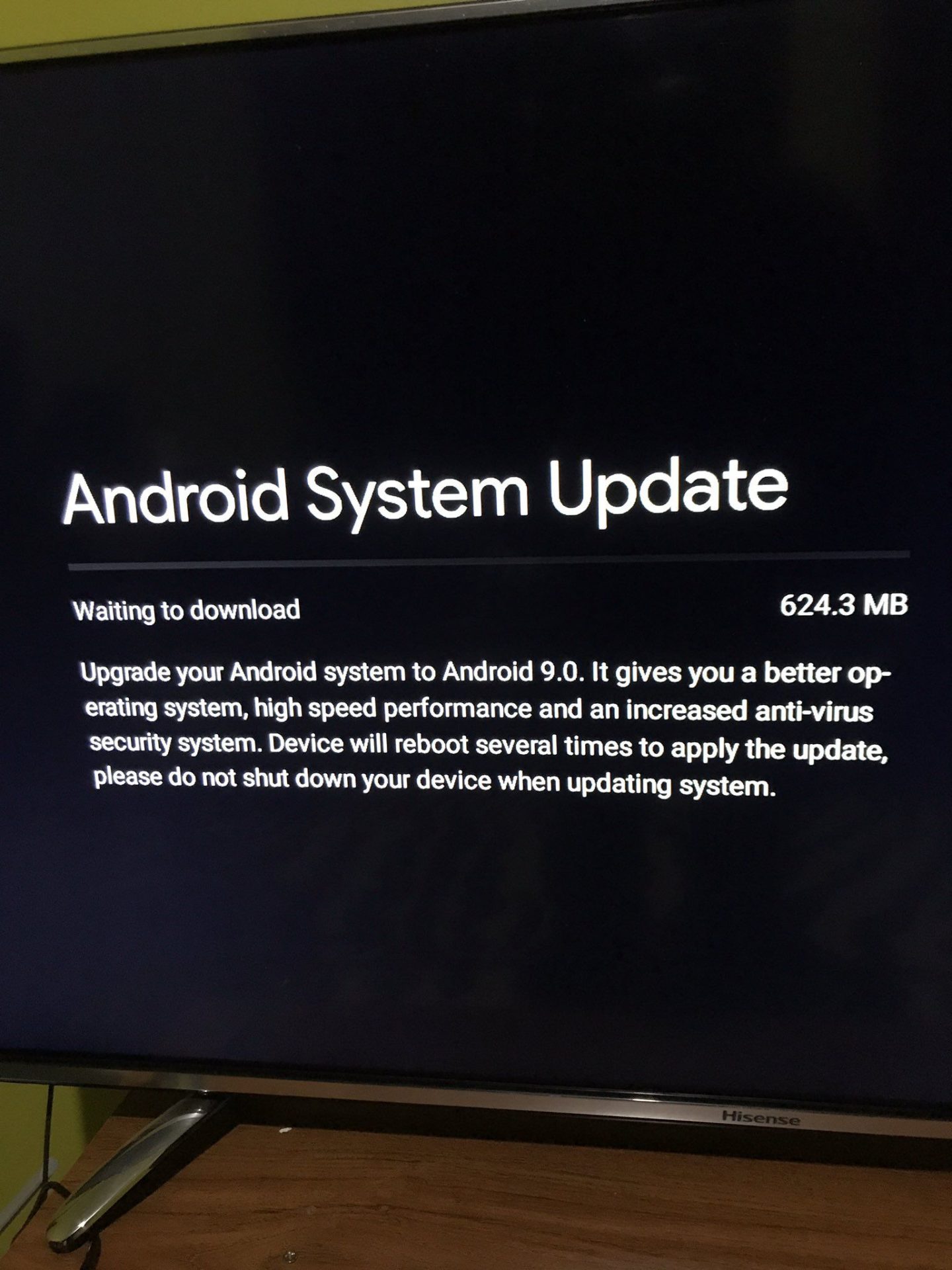The comparison between Android TV Boxes and Smart TVs highlights the differences in their approach to providing a more connected television experience for users. While an Android TV Box is a separate device that connects to regular televisions, offering flexibility with various models at affordable prices but requiring additional hardware setup, Smart TVs incorporate smart features directly into modern sets as part of their built-in systems. These advanced devices enable seamless access to streaming services and better overall performance; however, they might necessitate purchasing a new model for upgrades in comparison. Both options enhance entertainment by integrating online content with smart home control capabilities through connected technology.

Android TV Box
1. Overview of Android TV Box
Android TV Boxes are compact devices designed to bring the Android operating system to your television. They connect through an HDMI port, effectively transforming a standard TV into a smart device capable of running various Android applications and services.
2. Affordability and Accessibility
- Cost Comparison: Android TV Boxes are often more cost-effective than investing in a brand-new Smart TV, making them an attractive option for budget-conscious consumers.
- Utilizing Existing Hardware: Android TV Boxes offer the advantage of upgrading your current TV without the need for an entire television replacement.
3. App Compatibility and Customization
- Open Ecosystem: The Android platform provides an open ecosystem, granting users access to a vast library of applications through the Google Play Store.
- Personalization: Users can customize their Android TV experience by installing apps, widgets, and themes according to their preferences.
4. Performance Considerations
- Hardware Variability: The performance of an Android TV Box depends on its hardware specifications, ranging from basic models to high-end configurations.
- Software Updates: Regular updates are crucial for maintaining optimal performance and ensuring compatibility with the latest applications.
Smart TVs
1. Understanding Smart TVs
Smart TVs are traditional televisions infused with internet connectivity and pre-installed applications, providing an integrated and comprehensive entertainment experience.
2. User-Friendly Interface
- Plug-and-Play Convenience: Smart TVs come ready for use with user-friendly interfaces, minimizing the need for extensive setup.
- Remote Control Integration: Navigation is simplified through dedicated remote controls designed for easy interaction with the television’s features.
3. Content Integration and Streaming Services
- Pre-installed Apps: Smart TVs often come equipped with popular streaming applications, granting users immediate access to a diverse array of content.
- Exclusive Features: Some Smart TVs boast exclusive features such as voice recognition, advanced search capabilities, and unique content partnerships.
4. Hardware and Software Integration
- Consistent Performance: Smart TVs are engineered with a harmonious integration of hardware and software, ensuring a seamless and consistent performance.
- Automatic Updates: Software updates are typically delivered automatically to keep the Smart TV’s operating system up-to-date.
Making an Informed Decision
1. Factors to Consider
- Budgetary Constraints: Android TV Boxes may be a more economical option for those on a tight budget.
- Ease of Use: Smart TVs, with their plug-and-play functionality, are ideal for users who prioritize simplicity.
- Customization Needs: Those seeking a high level of customization and flexibility may find Android TV Boxes more suitable for their preferences.
2. Future-Proofing Your Entertainment System
- Upgrade Flexibility: Android TV Boxes may offer more flexibility for upgrading individual components or replacing the device as technology evolves.
- Integrated Features: Smart TVs, being an all-in-one solution, may require complete hardware replacement for significant upgrades.

Android TV Box and Smart TV both offer similar functionalities in terms of streaming content, accessing online services, and enhancing the television viewing experience through connected devices. However, they have distinct differences in their setup, features, and usage methods.
An Android TV Box is a small, separate device that connects to your existing TV via HDMI port or other compatible inputs. It runs on an Android operating system and provides access to various streaming apps, games, and smart home control through its interface. These devices are typically more affordable than Smart TVs and can be easily upgraded by replacing the hardware if needed. With an Android TV Box, you have flexibility in choosing from a wide range of models and brands that cater to different budgets and preferences. They usually come with remote controls or support mobile app control for easier navigation.
On the other hand, Smart TVs are modern televisions equipped with built-in internet connectivity features, allowing users to access streaming services directly through their integrated operating systems (such as Samsung’s Tizen OS, LG webOS, or Android TV by Google). These devices offer a seamless integration of smart functionalities within the television itself. Smart TVs often have better picture quality and sound systems compared to traditional televisions due to advancements in display technology and built-in speakers. They also provide easier access to content without requiring additional external hardware connections, as they are self-contained units. However, upgrading software or features might require purchasing a new Smart TV model if the current one becomes outdated.
In summary, while Android TV Boxes offer flexibility in terms of choice and cost but require an extra device to connect with your television, Smart TVs provide integrated smart functionalities within the main appliance itself, offering better overall performance and convenience. Both options enable users to enjoy various streaming services, online content, and smart home control features for a more connected experience in their living rooms.
